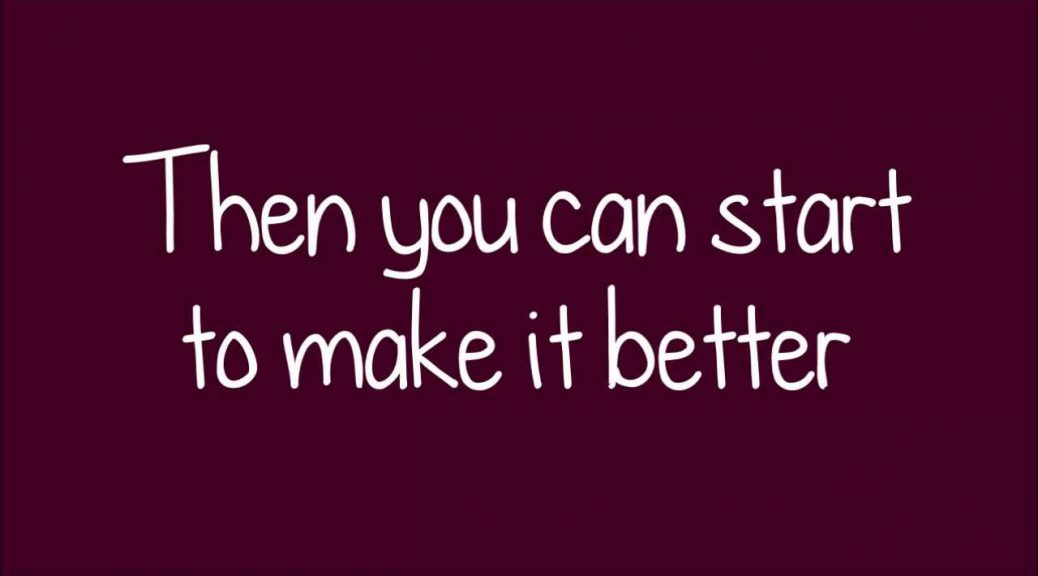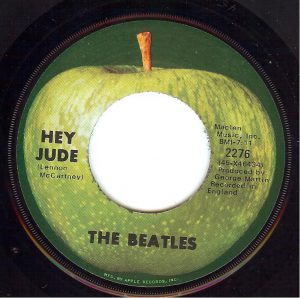Paul McCartney Hey Jude
Released August 26, 1968
The Smile Orchestra playing ukulele, melodika (pianica), piano and e-bass.
Paul McCartney Hey Jude
Iconic notes
Some song’s first notes are so embedded in our lives that hearing them immediately transport us to a place, a time, a person, an era.
For me, the Beatles “Hey Jude” is one of those songs. It is late August 1968, just before going away to college for the first time and leaving behind the tanned friendship-ringed beautiful girlfriend whose September letters will only made me make more homesick. “Don’t make it bad.”
Paul McCartney Hey Jude
John and Cynthia on the verge
Just a year before in August 1967 the Maharishi Mahesh Yogi had enchanted the Beatles. On their group trip to see him, John had left behind Cynthia struggling with luggage to keep up at the station. She missed the train and had to get a car ride to the site.
John Lennon had met Yoko Ono in November 1966 and they began a friendship that blossomed into a close relationship when the two recorded Two Virgins on May 19, 1968 while Cynthia was away on a vacation.
Cynthia Lennon had discovered the two of them together after coming home early from that vacation. They separated that month and John sued for divorce accusing Cynthia of adultery, an accusation she denied.
On August 22, 1968, Cynthia counter-sued. Lennon did not contest the divorce. It became official on November 8, 1968.
Paul McCartney Hey Jude
Hey Jules
In June Paul McCartney visited Cynthia and Julian Lennon. Though she was now separated, Paul and she had been friends since 1957 when Paul joined the Quarrymen and she was already John’s girlfriend. Paul thought of Julian and in the car on his way out wrote the lines, “Hey Jules [Julian], don’t make it bad, take a sad song and make it better.”
Paul would later change the name to Jude.
A month later, on July 26, Paul played it for the first time to John. John loved it from the beginning.
Paul McCartney Hey Jude
Hey Jude
The Beatles recorded the song over four days: July 29 – 31 July and 1 August.
According to the Beatles Bible site the personnel were:
- Paul McCartney: vocals, piano, bass
- John Lennon: backing vocals, acoustic guitar
- George Harrison: backing vocals, electric guitar
- Ringo Starr: backing vocals, drums, tambourine
- Uncredited: 10 violins, 3 violas, 3 cellos, 2 double basses, 2 flutes, 2 clarinets, 1 bass clarinet, 1 bassoon, 1 contrabassoon, 4 trumpets, 2 horns, 4 trombones, 1 percussion
Paul McCartney Hey Jude
August 26, 1968
Apple released “Hey Jude” August 26 in the US [Aug 20 in the UK]. “Revolution” was the B-side.
It reached number one on September 28 and stayed there for nine weeks, the longest time a Beatles single was at number one. It was also the longest-playing single to reach number one.
“Hey Jude” was the 16th number-one hit for Beatles in America, They would eventually have 20, the most of any group.
Paul McCartney Hey Jude
4 September 1968
The Beatles asked Michael Lindsay-Hogg to film a promotion for the song. He had done the same for “Paperback Writer” in 1966. The idea was to film it in front of a live audience, albeit, a selected one.
David Frost played the part of an MC and introduced the band as ““the greatest tea-room orchestra in the world”.” The audience is not seen at first and the two-tiered orchestra, seen during the playful introductions during which the Beatles also briefly play Elvis’s “It’s Now or Never.” Frost plays it straight and doesn’t crack a smile.
After the last chorus, the cameras pan back and suddenly the Beatles are surrounded by that unheard audience. Now, though, they clap along and sing the famous “Naa naa naa na na na naaa….”
They settled on the idea of filming with a live, albeit controlled audience. In the film, the Beatles are first seen by themselves, performing the initial chorus and verses, and then are joined by the audience who appear as the last chorus concludes and coda begins; the audience sings and claps along with the Beatles through the song’s conclusion. Hogg shot the film at Twickenham Film Studios on 4 September 1968,



From Thomas Stripling: There are as many reasons for the Beatles’ breakup as there are hairs on their heads: egos, women, money, management, phase of the moon! Regardless they are all sad for the music industry, but the ripple effect of the Beatles continues today! Their experimentation with sounds, sequences, timing and lyrics is as loud and informative today as ever. I consider myself simply fortunate to have shared the listening space as they created. And, that they shared their space with hundreds of fellow artists also experimenting. SPLHCB still brings a day-long smile to me!
HEY JUDE is one of the Beatles songs (and there are others) that evokes strong emotion in the listener. It’s also a song that concertgoers love to sing along to, like SWEET CAROLINE or PIANO MAN. Impossible to select a favorite Beatles tune, but HEY JUDE is up there on the list.
Thanks for your comment. Sorry to take so long to post it. Was away from my computer…which is actually a good thing for a change. 🙂
I love “Hey Jude” for the same reason you do. One of my favorites ever released by The Beatles. Thank you.
Thanks for your comment. Always appreciate them.